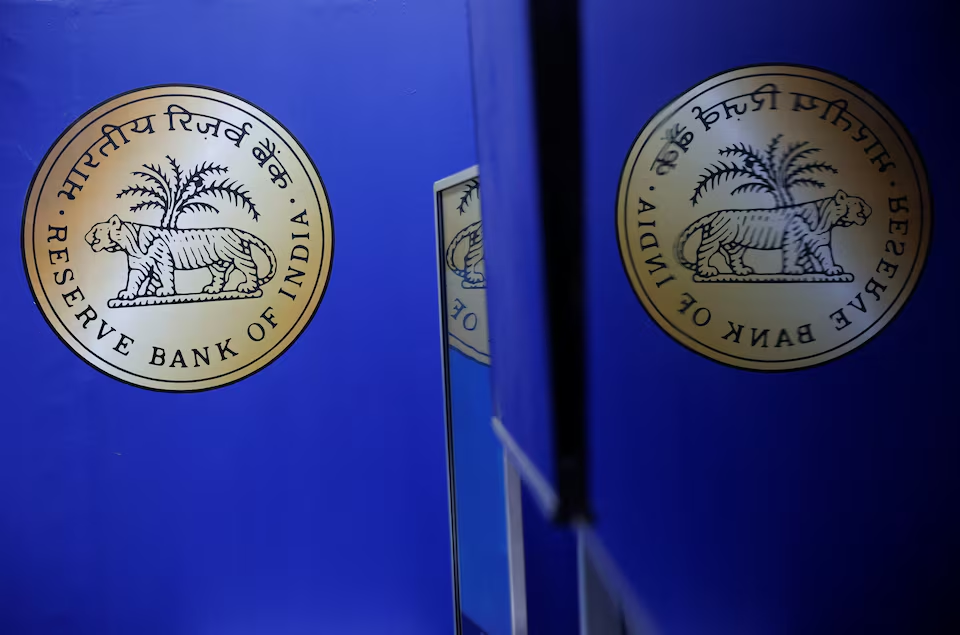Now Reading: How RBI’s Retail CBDC Sandbox Could Reshape Crypto in Tier-2 Cities
-
01
How RBI’s Retail CBDC Sandbox Could Reshape Crypto in Tier-2 Cities
How RBI’s Retail CBDC Sandbox Could Reshape Crypto in Tier-2 Cities

The Reserve Bank of India’s new retail CBDC sandbox has sparked conversations across the fintech and crypto community. This initiative could become a turning point for Tier-2 and Tier-3 cities, where access to advanced financial systems is still limited. By allowing select fintech firms to test real-world use cases for the digital rupee, the RBI aims to explore how digital currency can improve payment systems, financial inclusion, and everyday transactions.
The CBDC, or Central Bank Digital Currency, is essentially India’s own version of a digital rupee—backed by the government and designed to work like physical cash but in digital form. The sandbox lets startups and banks test how people might use CBDC for payments, transfers, and business transactions. It provides a safe space for experiments before large-scale rollout, ensuring the system is efficient and secure.
For smaller cities, this could be a major shift. Many Tier-2 and Tier-3 regions still rely heavily on cash or traditional banking methods. Digital rupee payments could make everyday transactions faster and cheaper, especially for local businesses, small traders, and customers who struggle with high fees or delayed settlements. A kirana store owner in Nagpur or Surat could soon accept CBDC payments directly on a mobile app, without relying on intermediaries.
At the same time, the growing presence of CBDC will naturally raise comparisons with cryptocurrencies. The key difference is that while crypto operates in a decentralized system, CBDC is regulated and issued by the central bank. But the coexistence of both could benefit users by creating more familiarity with digital assets. It might also lead to smoother movement between crypto exchanges and digital rupee wallets, provided future regulations allow it.
However, the success of CBDC in smaller cities depends on several practical factors. Reliable internet access, digital literacy, and awareness about cybersecurity remain challenges. Many users in non-metro regions are still new to digital banking, so trust-building will play a critical role. Clear communication from banks and government agencies can help citizens understand how the digital rupee works and how it differs from private crypto tokens.
Security will also be a key concern. As digital payments expand, cases of fraud, phishing, and data theft could rise. The RBI will need to ensure strong security standards, especially since Tier-2 and Tier-3 users might not have the same digital safeguards as urban customers. Educating users about safe practices will be as important as building the technology itself.
If implemented successfully, the CBDC could be a game changer for India’s financial inclusion mission. It can simplify transactions for small merchants, bring unbanked users into the digital economy, and offer a cost-effective alternative to existing payment systems. Over time, this could also make Tier-2 cities early adopters of digital finance innovation.
In the bigger picture, the retail CBDC sandbox is not just a financial experiment but a step toward redefining how India moves money. For smaller cities and towns, it represents access, speed, and trust in a new form. If the RBI’s trials succeed, India’s next financial leap might not come from metros but from its growing Tier-2 heartland.

























